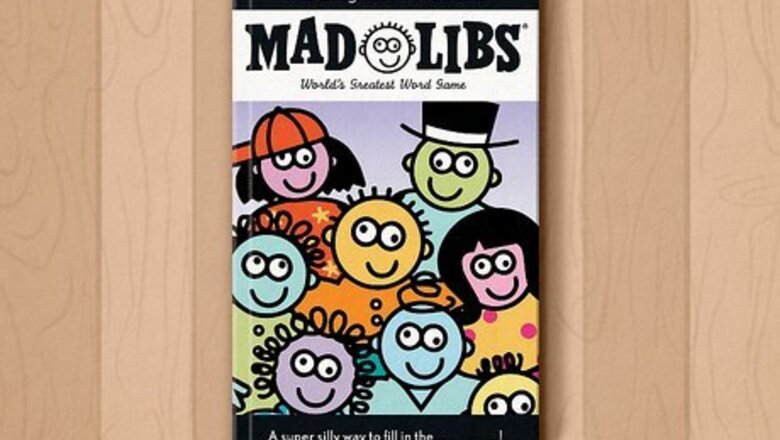
views
Purchase and bring home your Mad Lib book.
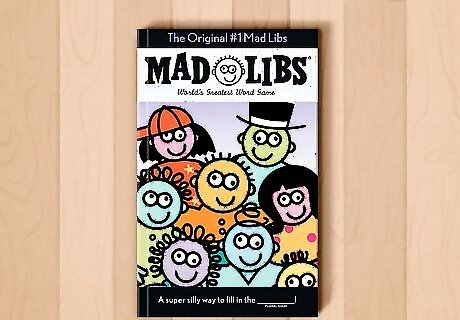
A Mad Lib book must be yours to keep - especially since it will be filled in. Mad Libs are essentially a book of games that are created by you - the reader. Big Box bookstores often have them - check there first. However, some of the other big box supermarkets (Target and Walmart) will often have them. Look online, if necessary - or if delivery is a necessity. Although you might not find any Mad Lib books at your local library, it won't hurt to try. However, keep in mind that library book pages must be photocopied (for your use) and filled in that way instead. You can also make your own with a friend in Word. Just write a story with blanks for nouns, verbs, adjectives, etc, and then make a corresponding list of types of words that need to be filled in. Switch with your friend and enjoy!
Open the book up to a game that seems enticing.
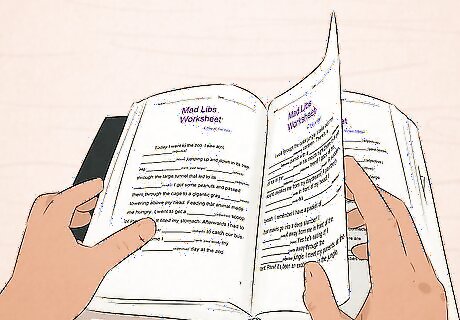
Games consist of two pages facing each other. One corresponds to a list of words you'll need to fill in, and the other the story.
Learn about the parts of the gameplay.
Madlibs consist of two people. One person, the Reader finds the story they'd like to gather intelligence on. But the intelligence comes from the Writer who supplies the information the reader is asking about. The Writers must not know anything about the storyline. They are merely supplying their answers to the Readers
Turn the book to the first list page.
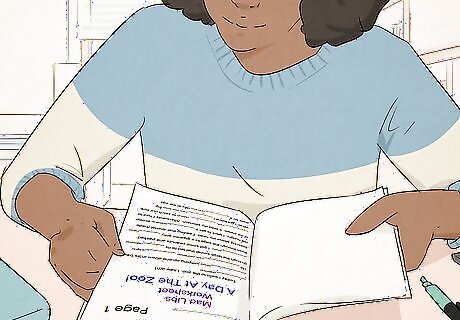
You mustn't look at the "story" as Mad Libs must be filled in impromptu. Answers must be somewhat comical and you'll be amazed at the end how the story ends if you don't read the story itself. Pages are both labeled by title. The "top" page (when filling in) with the list designates the first page you'll always want to fill in first - before moving on to the "bottom" page containing the main storyline.
Utilize your knowledge of your language to fill in all missing answers.
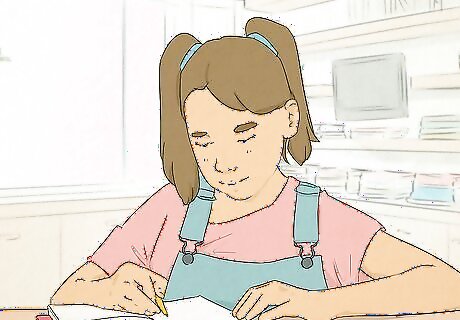
Use what the descriptor Mad Libs tells you to fill in the fields. You may need nouns, pronouns, adjectives, verbs, etc. to fill in all the blanks. Mad Lib books describe types of words that might be necessary to understand right at the beginning of the book. These types of speech that might be necessary that are mentioned include adjectives, adverbs, nouns, verbs, place, exclamation/silly word, number/color/animal/body part, or a pluralized word. At times, look for "past tense" mentions. These verbs designate actions happening in the past after something else is happening. Look for designators of the type of verb, if necessary - because the word may need to end in a certain style when filled in on the story page.
Fill in the list.
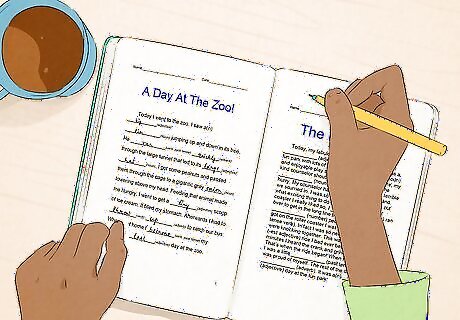
Repeat this for every line until the lists are complete. Mad Lib books describe common forms of the words you'll fill in on the Quick Review pages. They also supply some ideas for uncommon terms. Adjectives describe nouns. They use "lumpy, soft, ugly, messy, short" but your answers can be outside this definition. Adverbs modify verbs. They mention "modestly, stupidly, greedily, carefully" but you can use others. Nouns are persons, places, and things you might interact with both inside and outside your world - whether real or imaginary. Verb is a word that describes an action a verb takes. However, they also mention Past Tense Verbs when you take the verb and change it to past tense form by either adding an -ed at the end or changing it by following denoted forms. Place includes places as simple as a town, or building, or as verbose as a city, state, country, or even continent. Exclamation or Silly Word is a word that is attached to a funny sound such as a gasp, grunt, or outcry. They mention Wow, ouch, Whomp, Ick, or Gadzooks, but you can use others. Numbers, colors, animals, and parts of the body include just that. Numbers can be small numbers 1-10 or even bigger numbers. Colors can be any color of the rainbow, animals can be wild or pets, while Parts of the body are selected via your body parts. Plural just means to pluralize a noun. Most nouns can be pluralized by adding an s or es to the word (cat→cats, while others need es such as bus→buses).
Fill in the storyline.
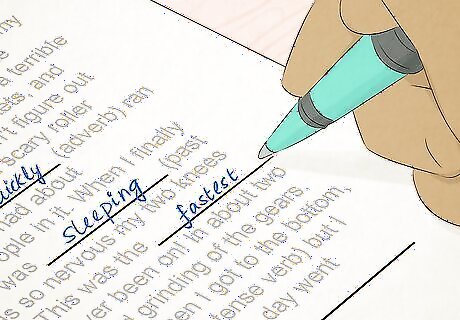
Keep the top page open as you fill in the bottom, but do not read along. Skim through the lines and fill in as you see empty lines - do not sight-read to "correct" any missing pieces that may seem wiser to "the reader". Do not concern yourself with what the story says - as that's the joy and funkiness of a Mad Lib - and it makes for one imaginative storyline/game. Official Mad Libs often have you answer in consequential order based on the list above. However, you may find it easier to cross out/off or checkmark each item on the list so that it is not used again in the story.
Read the story aloud.
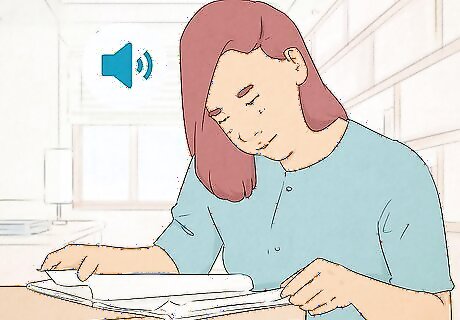
Stories filled in on a mad lib will often seem hilarious when read aloud! They may break up a long day by filling you with some comedy relief some people much need.
Fill in additional Mad Libs.
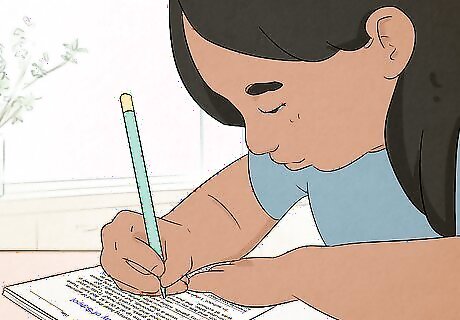
Keep playing! You can even buy additional books. In an average book, there are about 15-20 mad lib passages to fill in, so there's some fun with every page flip in the book.










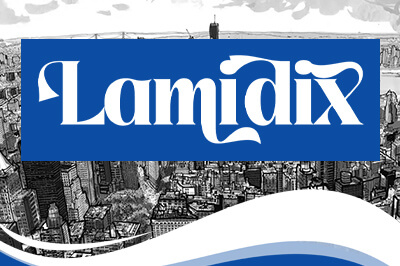




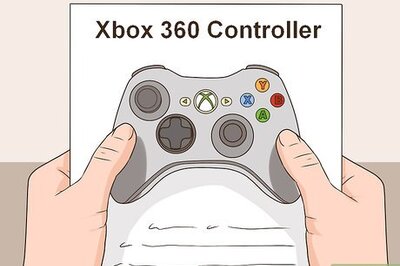
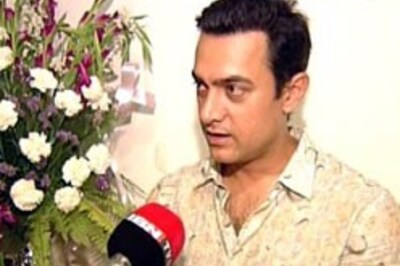


Comments
0 comment